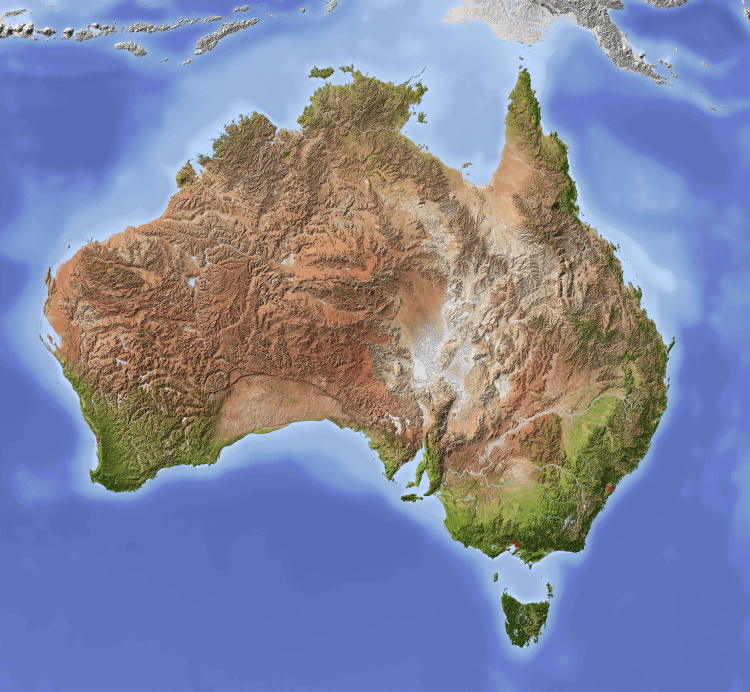

The depth of the water was about the height of the wheels. Which I’m guessing is past 400mm.
Hm. Better check your diff/transfer case oils just in case before things get expensive. Outlanders don’t have high mounted diff breathers so you might have got some water in there.









People don’t give precise percentages though when surveyed. They might round to typical fractions like 1/4, 1/3, or they might round to 10 or 20 percent.
Nobody is saying “hmm, I estimate that it would be approximately 37 percent”.
Of course the wisdom of the crowd does wonders for smoothing those coarse estimates, but still, if the crowd is +/- 10 of the real percentage value, I’d say they’re pretty much on the money.
Anyway, Poland, wtf.